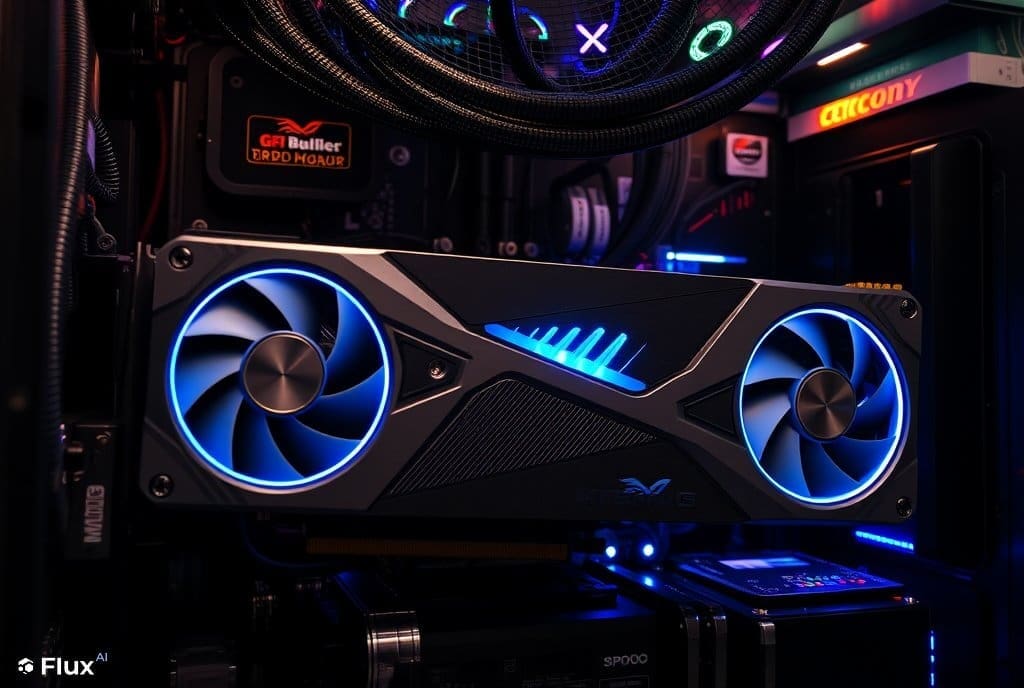The latest release of Llama 3.2 is truly a game changer for the AI world. What stands out most to me is how Meta has focused on accessibility—bringing AI to a wider range of devices by offering smaller, more efficient models. With lightweight, text-only models (1B and 3B) now able to run on mobile devices and edge environments, the future of AI applications is about to shift in an exciting direction.
AI at the Edge
What really grabbed my attention with the Llama 3.2 1B and 3B models is their ability to handle 128K tokens while running directly on hardware like Qualcomm and MediaTek chips. Think about that—AI summarization, instruction following, and even rewriting tasks can now be performed locally on mobile devices. This isn’t just about speed (although, let’s be honest, instant responses are a big deal); it’s also about privacy. By keeping data on-device, you don’t have to worry about sensitive information being sent to the cloud.
Smarter Vision Models
On top of that, the 11B and 90B vision models are an impressive leap forward. They not only match their text counterparts but surpass them in tasks like document analysis and visual reasoning. Imagine asking an AI to analyze a graph or map and give you insightful answers. That’s no longer just a dream—it’s happening with Llama 3.2.
A Developer’s Dream
Meta has been smart about creating an ecosystem that’s developer-friendly. By collaborating with companies like AWS, Databricks, and Qualcomm, they’ve ensured that deploying Llama 3.2 models will be a breeze whether you’re working on-prem, in the cloud, or even on mobile. The new Llama Stack distributions are another step toward making AI development seamless, and I can’t wait to see how developers start using these tools for retrieval-augmented generation (RAG) and other applications.
Openness Fosters Innovation
Llama 3.2 isn’t just about the technology—it’s about a philosophy of openness. In an industry where many of the biggest players lock up their models, Meta is doing something different by sharing both pre-trained and fine-tunable versions of Llama. This openness, combined with the models’ modifiability and cost efficiency, is going to make a huge impact on how we innovate with AI. It’s exciting to think about the breakthroughs this could inspire, especially for those who might not have had access to these resources before.
Source and Credit: https://ai.meta.com/blog/llama-3-2-connect-2024-vision-edge-mobile-devices/




